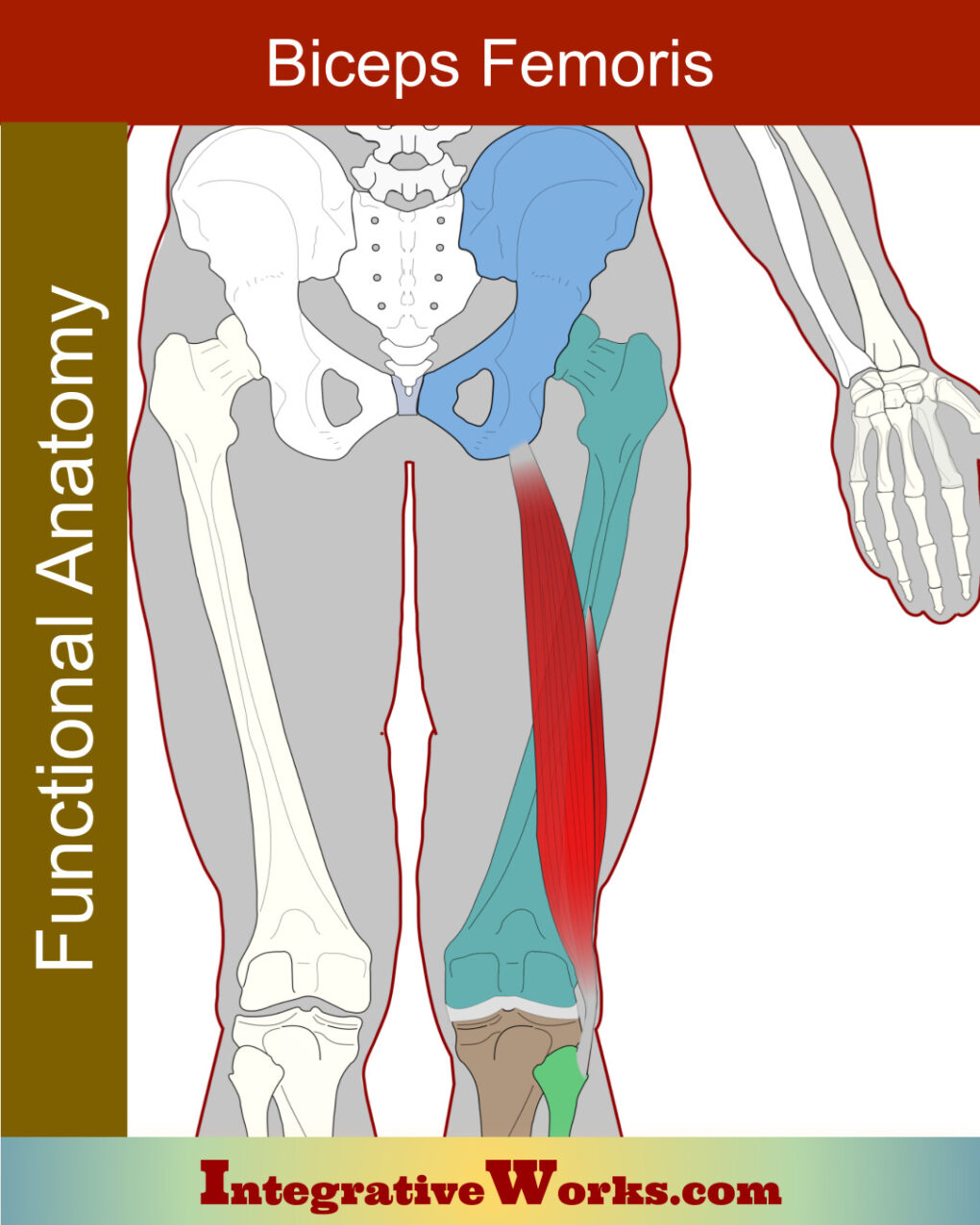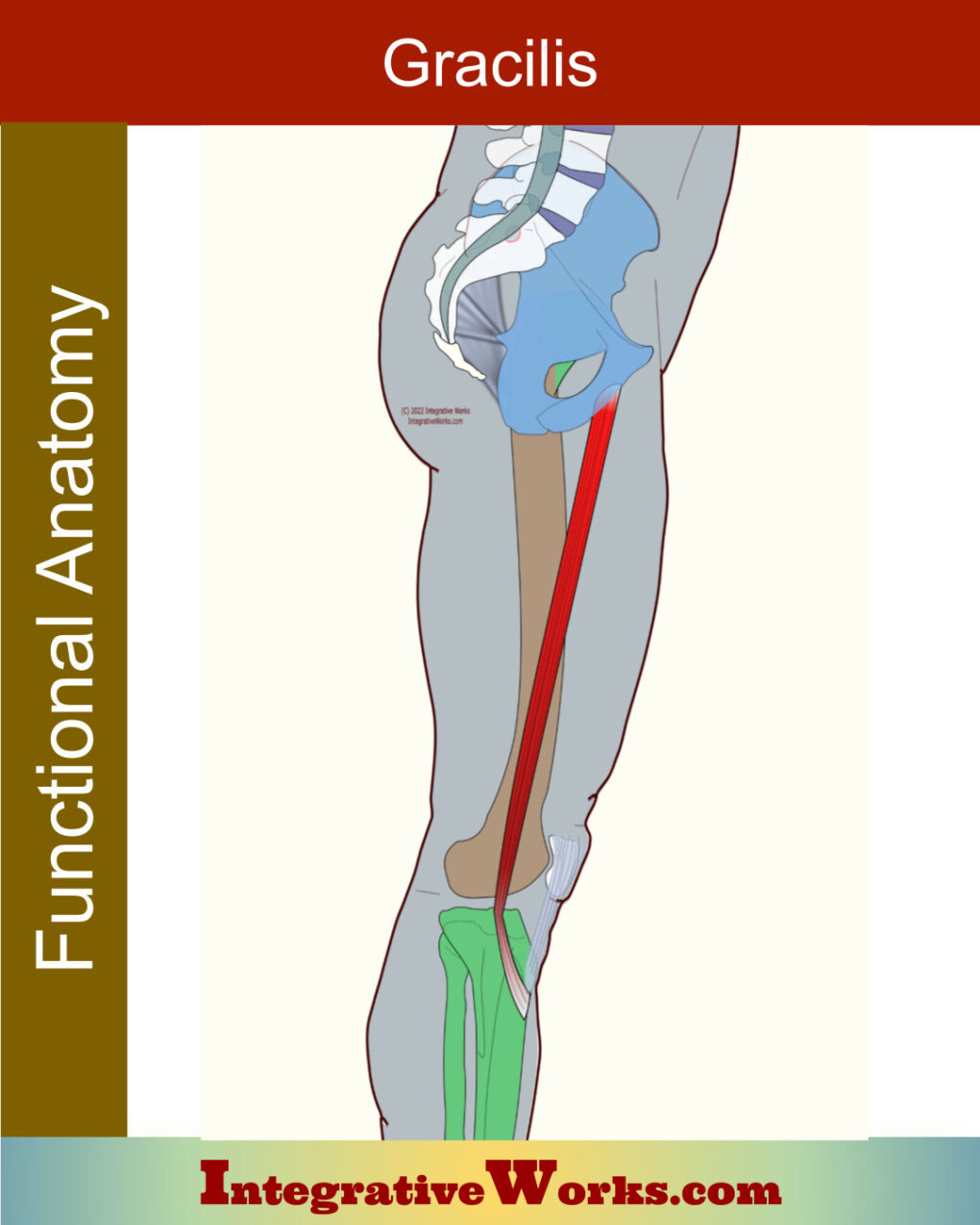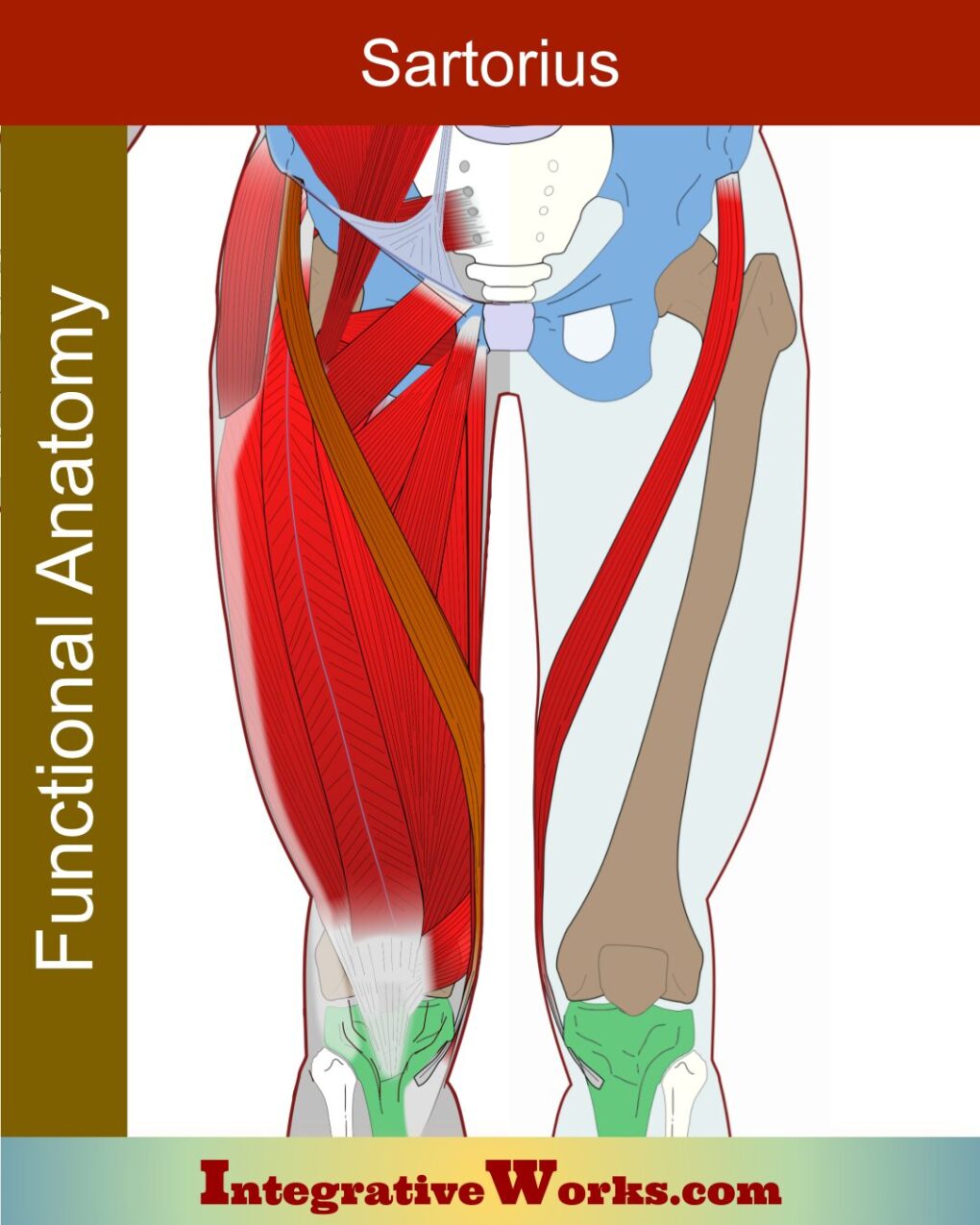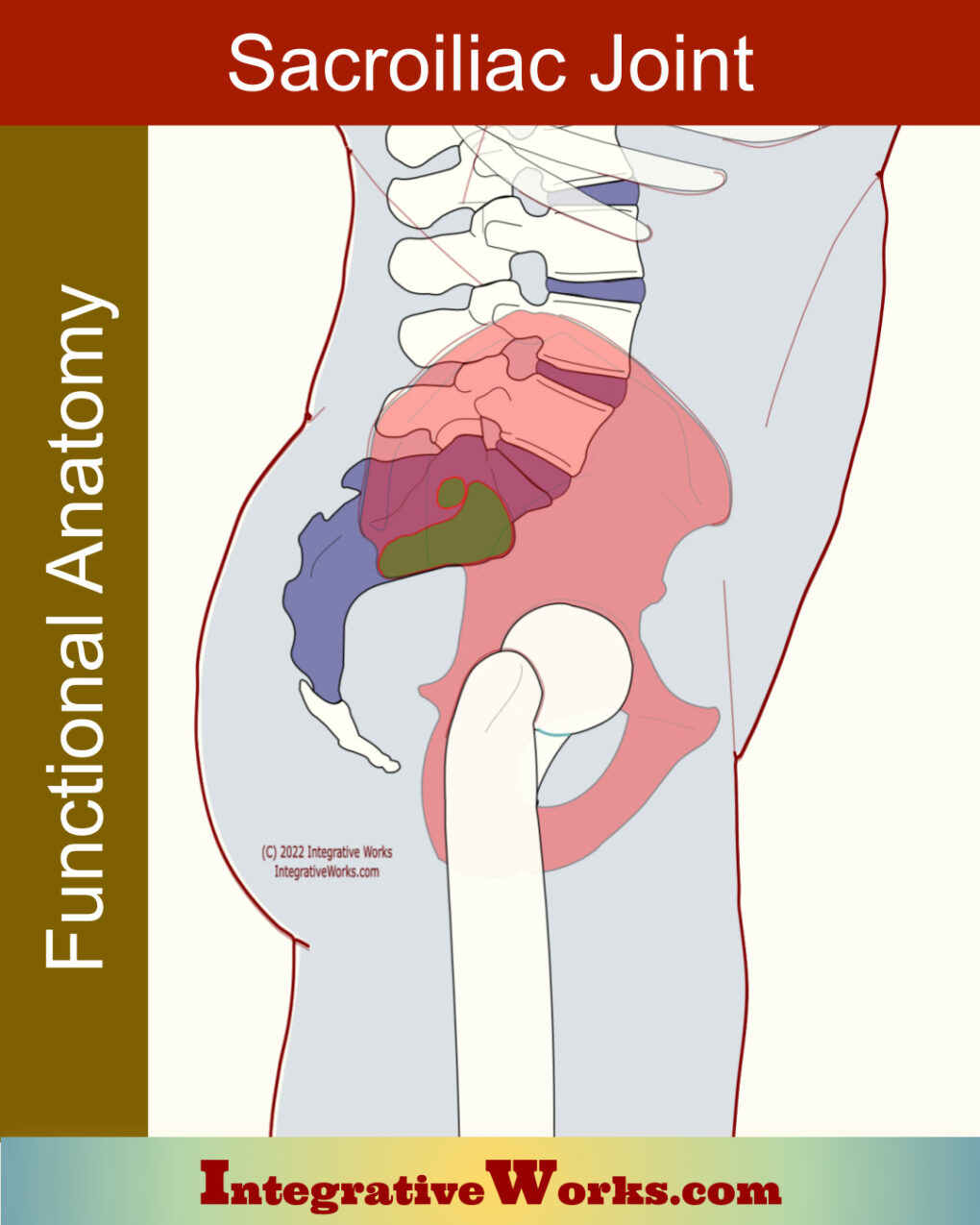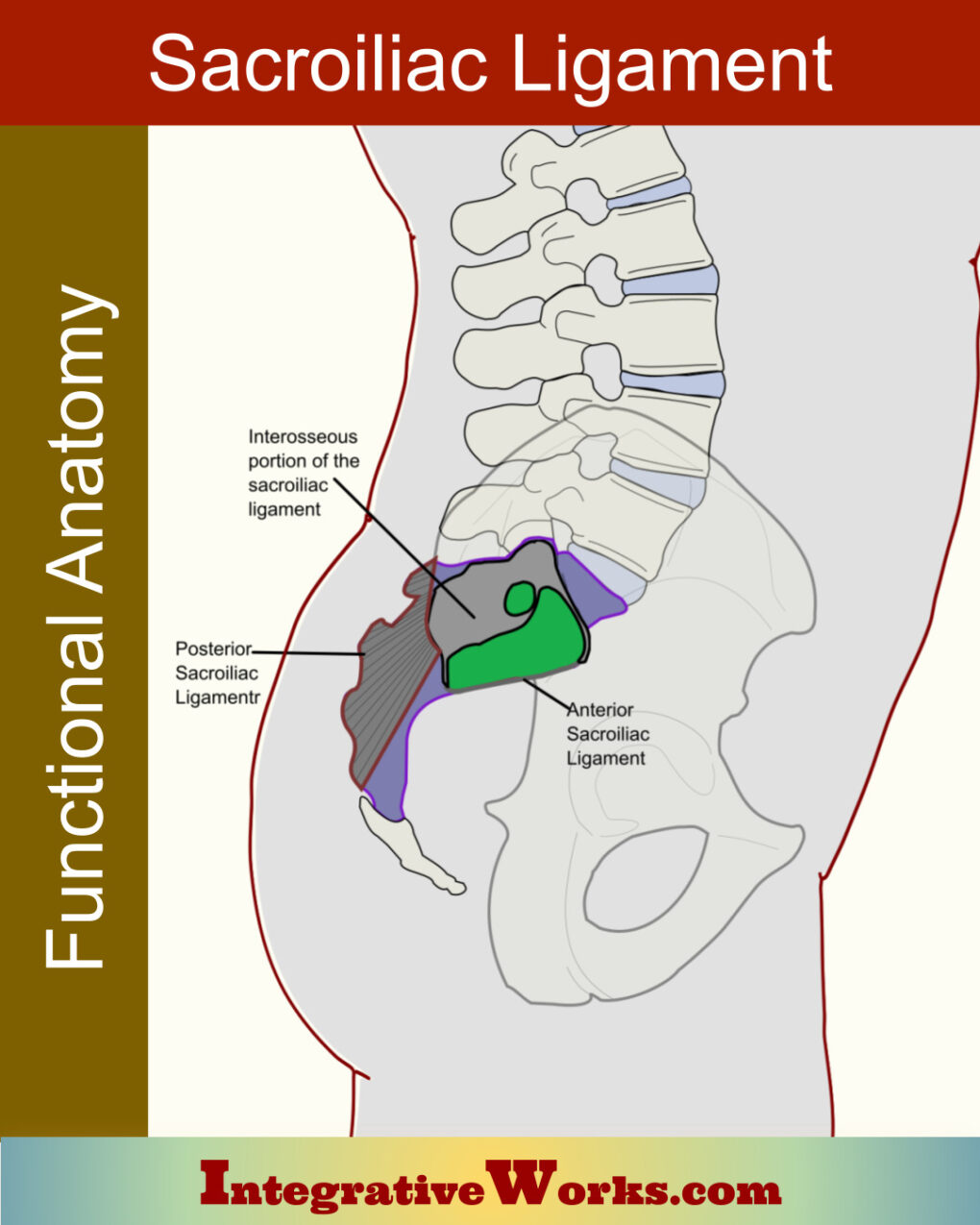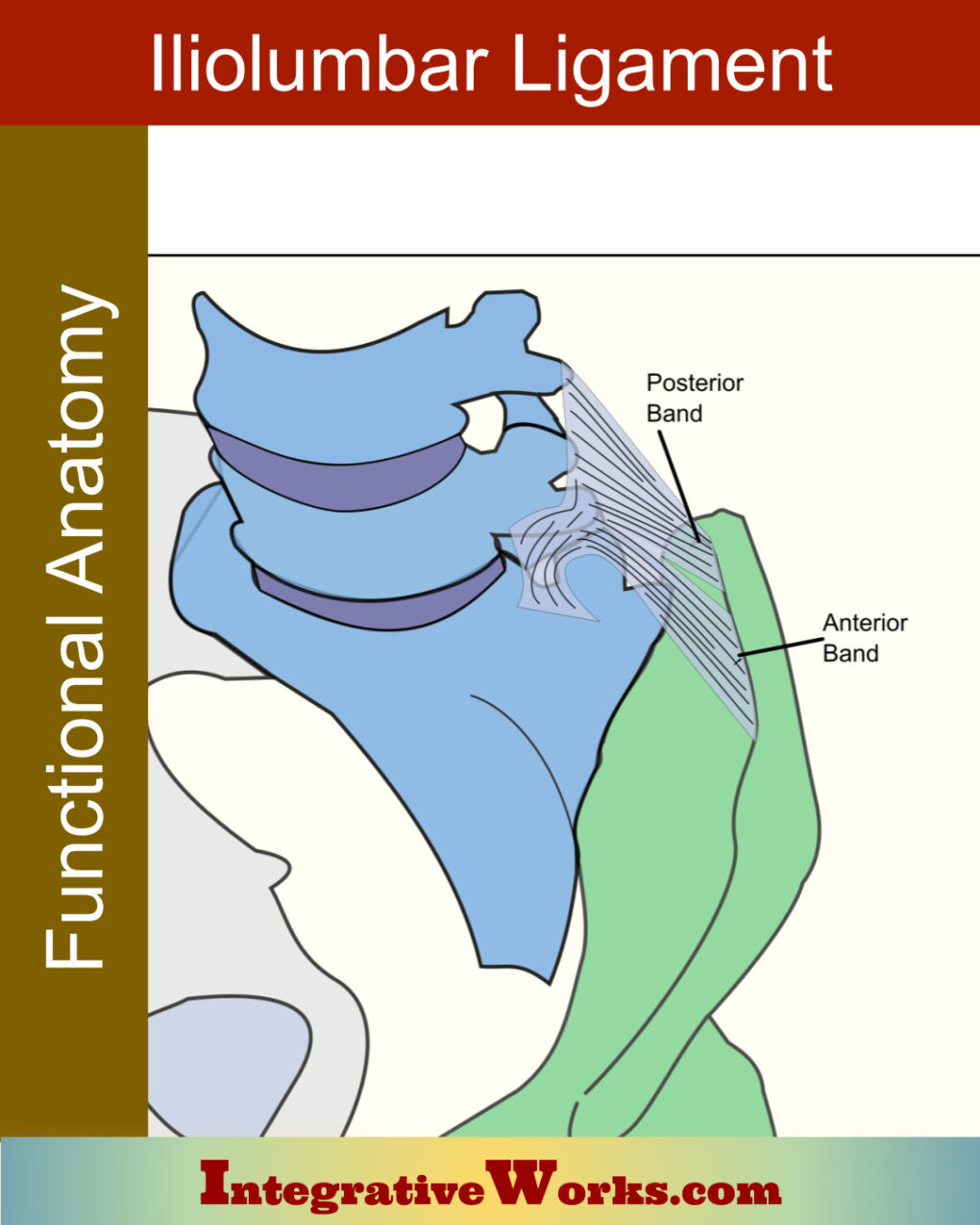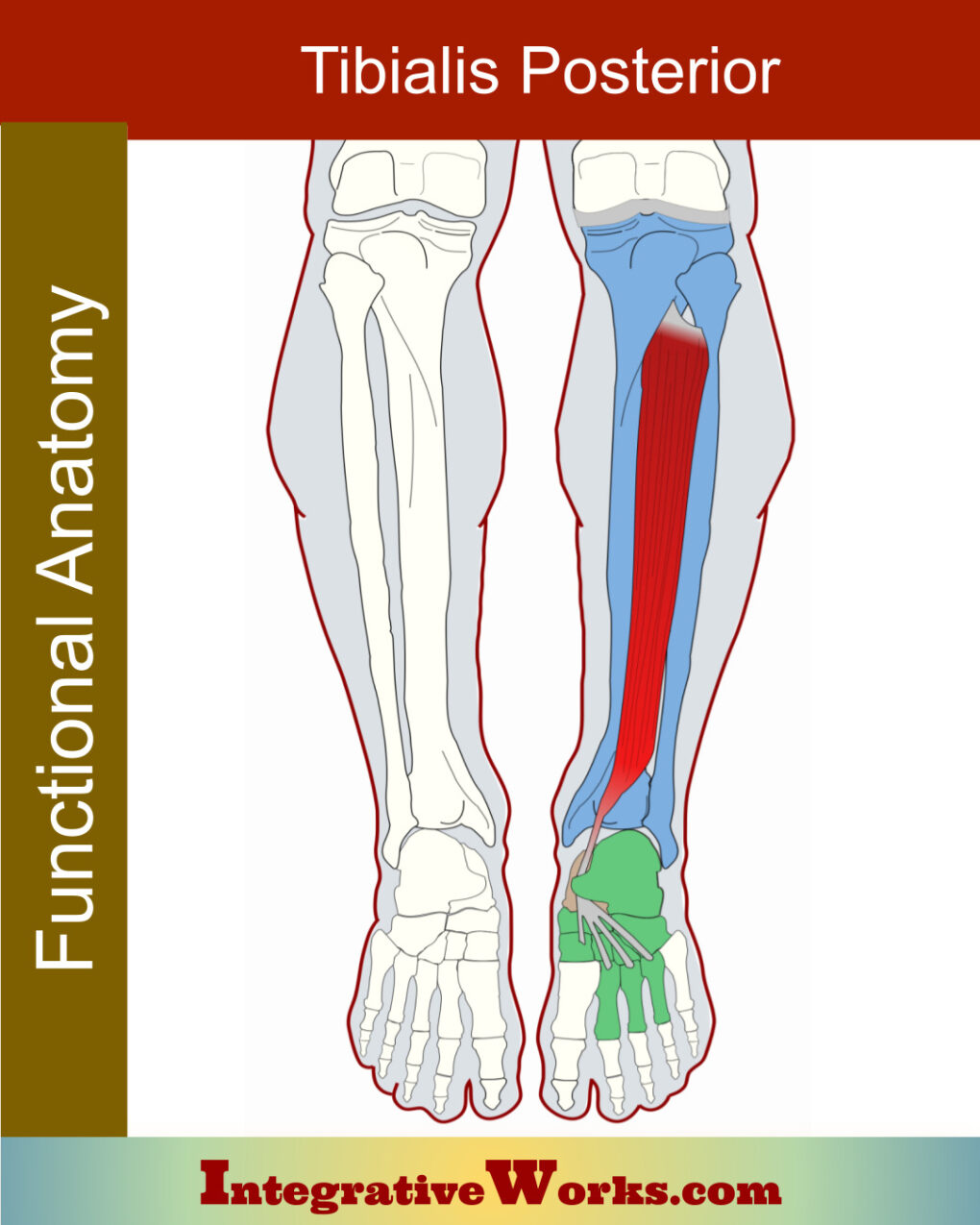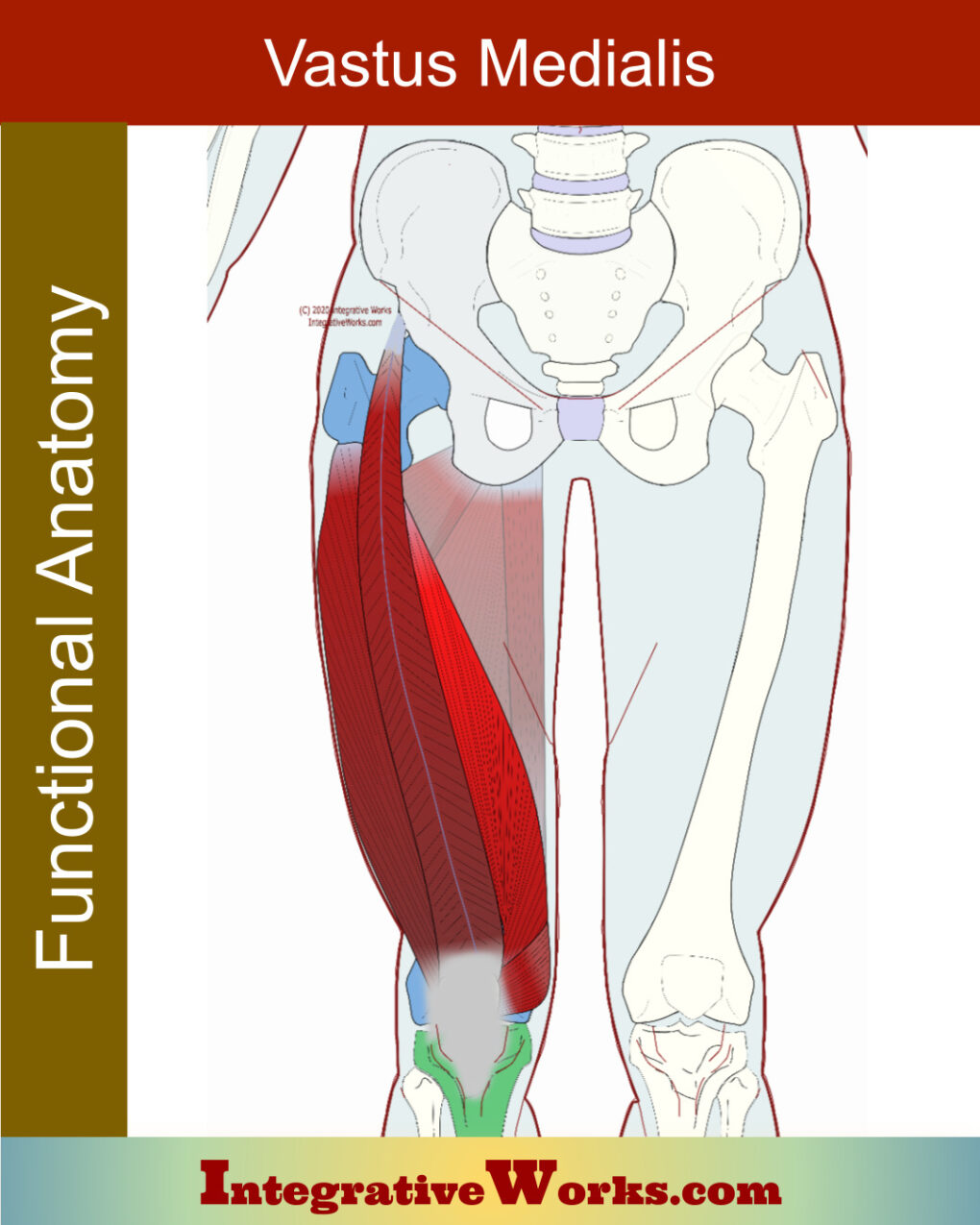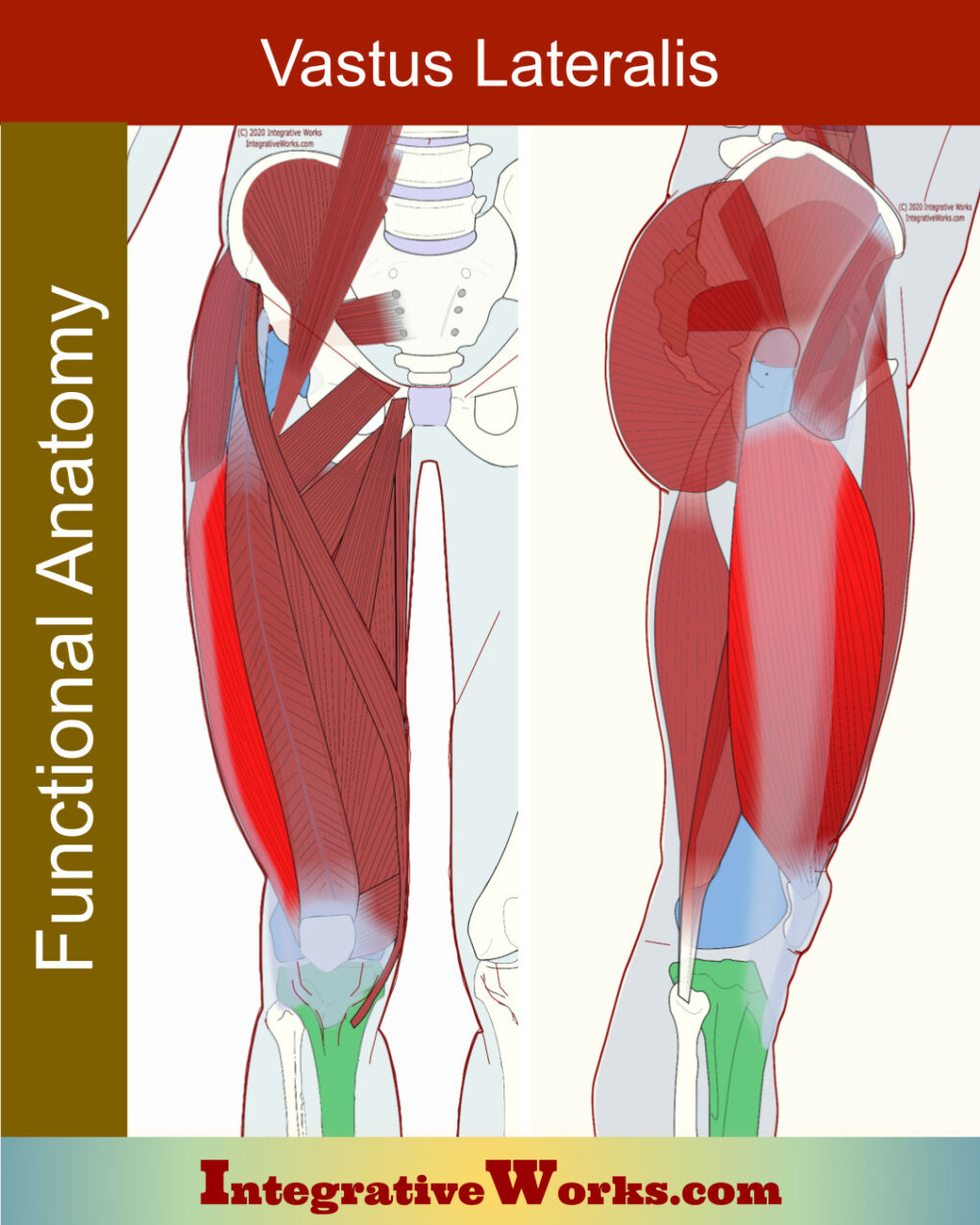Soleus – Functional Anatomy
Overview Here, you will find the anatomy of the soleus muscle. It is a flat muscle in the posterior low leg and part of the triceps surae. Origin Insertion Function Nerve Most research agrees that the soleus is a postural muscle. Hence, it is more involved in maintaining a standing position than the gastrocnemius, which […]


